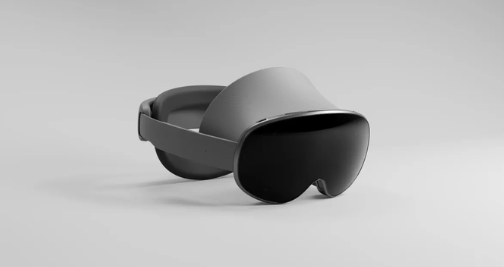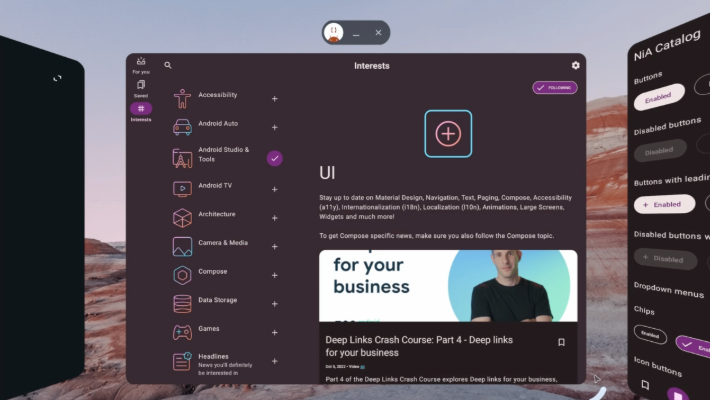Google and Samsung have joined forces to jointly release a new generation of mixed reality headsets and smart AI glasses. These two devices mark an important step in the field of mixed reality. The device is equipped with Google's latest Gemini AI model, which realizes the perfect integration of VR and AR functions, and greatly improves the user experience through a variety of natural interaction methods such as gestures, voice and eye movements. More importantly, the application of the Android XR operating system lowers the entry threshold for developers and provides users with richer application choices.
Technology giants Google and Samsung recently jointly released a new generation of mixed reality headsets and smart AI glasses. Not only have these two devices been significantly upgraded in hardware, but they are also deeply integrated with Google's latest Gemini AI model, demonstrating their capabilities in the field of mixed reality. of great ambition.
Both new devices support virtual reality (VR) and augmented reality (AR) functions, but their biggest highlight is their in-depth application of AI. Through Gemini's powerful computing power, these devices can not only understand the user's intentions and surrounding environment, but also have long-term memory capabilities, which means they can provide more personalized and intelligent services based on the user's historical behavior and preferences.

In terms of interaction methods, new devices have also innovated. They support a variety of natural interaction methods such as gestures, voice, and eye movements, allowing users to easily control the device without complicated buttons or touch controls, further improving the user experience.
The new device is based on the Android XR operating system, which means that most existing Android applications can seamlessly adapt to the XR environment without additional development. This will greatly lower the threshold for developers to enter the field of mixed reality and provide users with richer and more diverse application choices.

Google and Samsung also plan to launch a mixed reality headset code-named "Project Moohan" in 2025. The device will use a high-fidelity display and support interaction methods such as gestures and eye tracking, striving to provide users with a user experience similar to Apple's Vision Pro, but at a more affordable price. This move is undoubtedly a direct challenge to Apple's Vision Pro.
To better support mixed reality experiences, Android XR will provide versions of Google apps optimized for XR devices, including Maps, Photos, YouTube, etc. Android XR is currently available in early versions to developers and is expected to be fully launched in 2025.
Official information: https://android-developers.googleblog.com/2024/12/introducing-android-xr-sdk-developer-preview.html
This cooperation between Google and Samsung indicates that mixed reality technology will usher in a new wave of development, and future development is worth looking forward to. The launch of Android XR will also further promote the construction of the mixed reality ecosystem and bring more innovations and surprises to users.